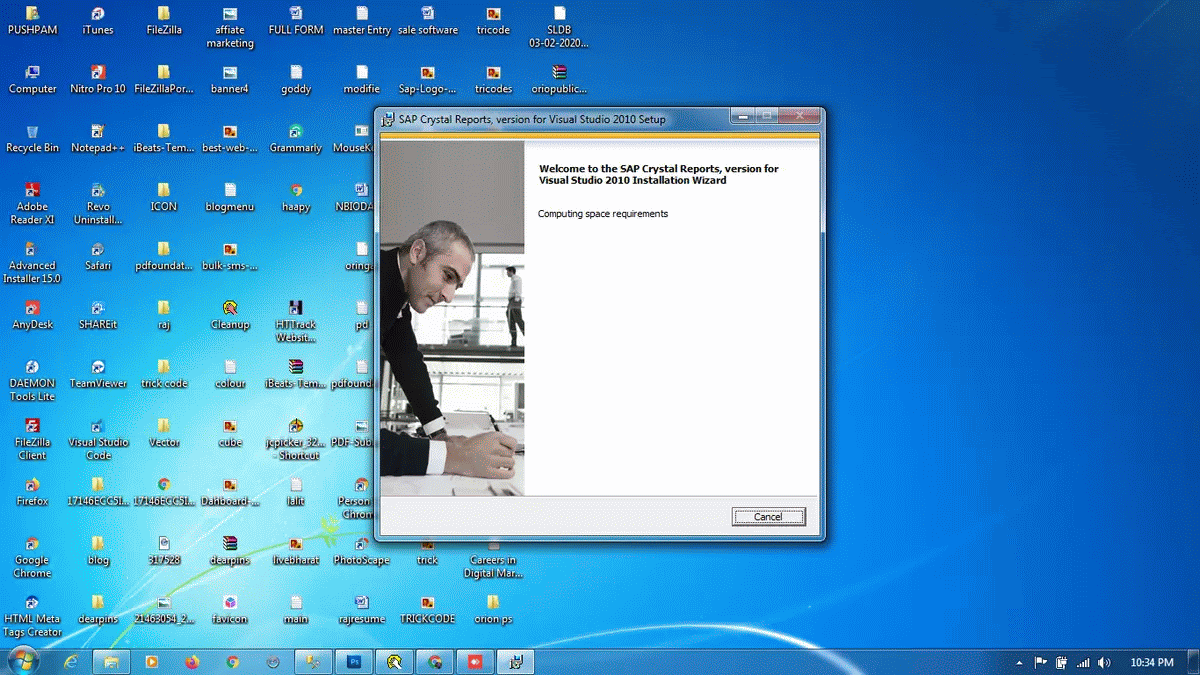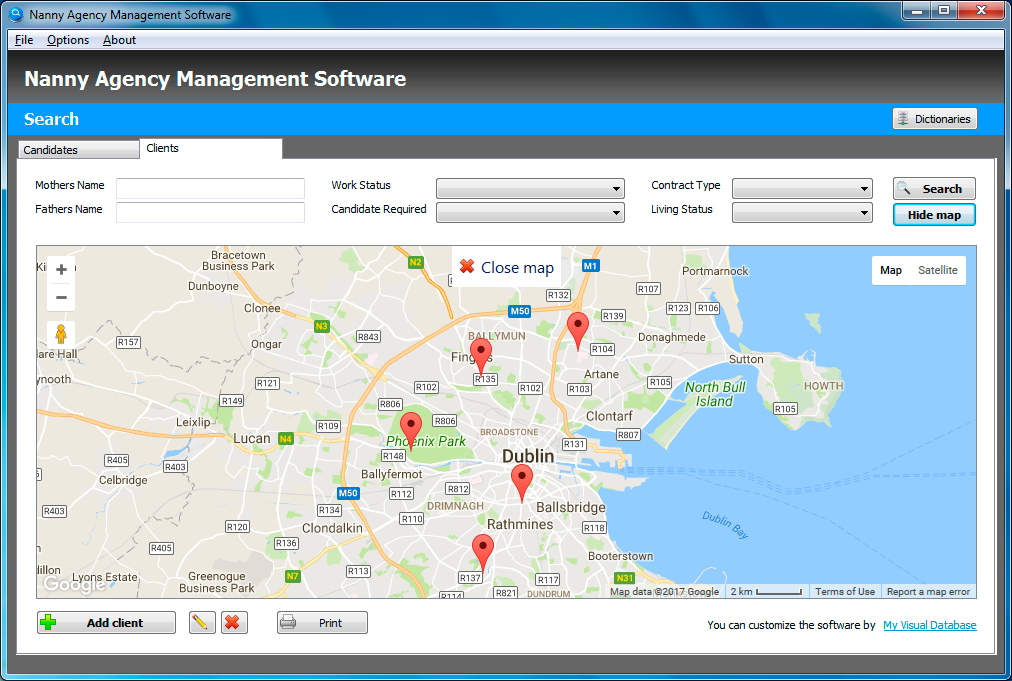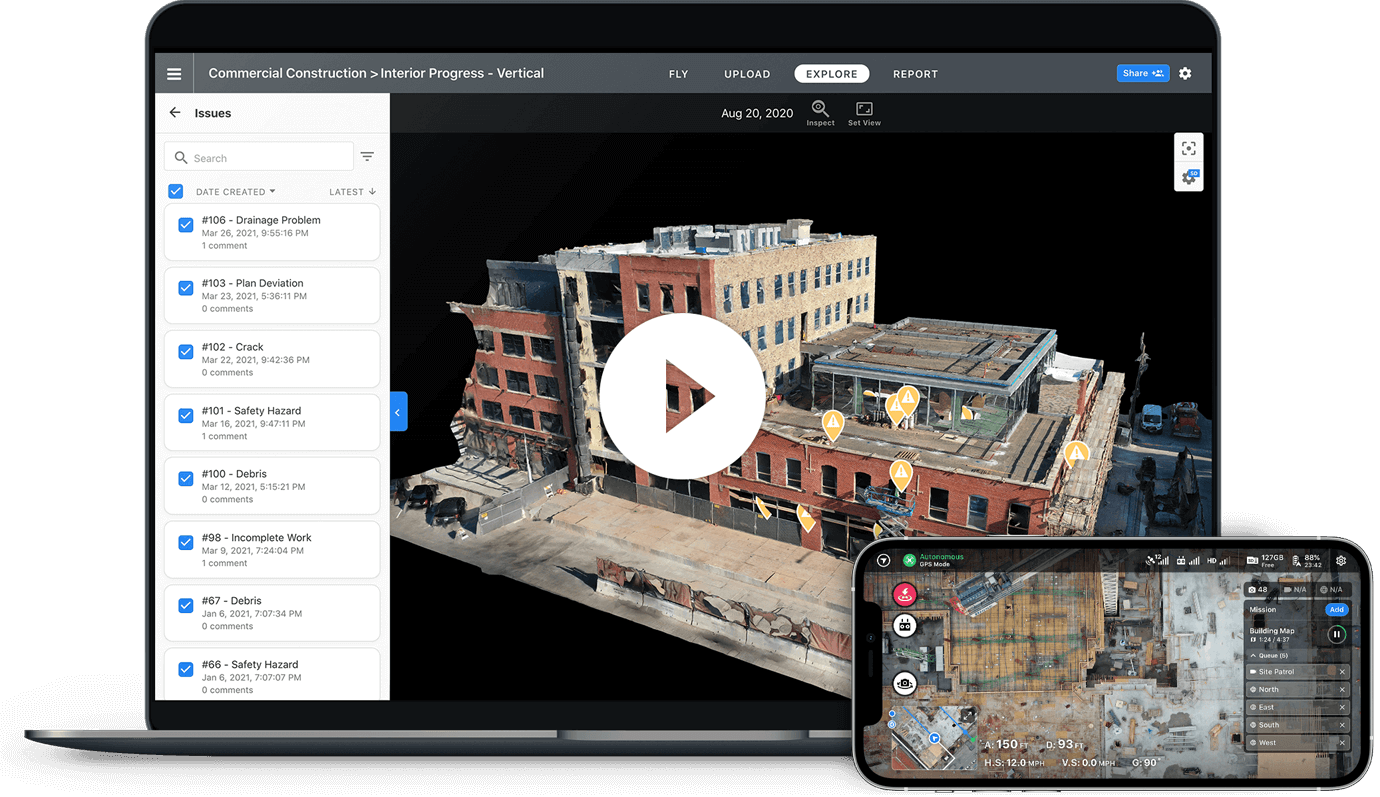

- #Ghjuhfvvf nbgj my visual database how to#
- #Ghjuhfvvf nbgj my visual database install#
- #Ghjuhfvvf nbgj my visual database free#
- #Ghjuhfvvf nbgj my visual database windows#
from_pandas_edgelist ( edges_df, source = 'src', target = 'dst', edge_attr = None, create_using = None ) plot = nx. To demonstrate, I’ve built a simple graph visualization using Networkx: % python import networkx as nx edges_df = spark. These view are shared across the Spark cluster and can be accessed by both Scala and Python. createOrReplaceTempView ( "vertices" ) graph. To do this, we create a temporary view of the graph’s vertices and edges: graph. loadGraphFrameĪ first thing you might notice is that the connector only works with Scala! Databricks, however, allows you to mix Python and Scala code, so we’ll still be able to do some graph analysis with Python. RETURN id(u) as src, type(r) as value, id(m) as dst
#Ghjuhfvvf nbgj my visual database install#
Optional - if you want to visualize some graphs with Python later, install the networkx library under Libraries -> Install New -> PyPi -> networkx. Install the two libraries by clicking the ‘install new’ button on the cluster’s ‘libraries’ tab. Next, grab the latest release of the Neo4j Spark connector from Github, as well as the latest GraphFrames release: We’re going to be creating a cluster and configure it to use Neo4j.
#Ghjuhfvvf nbgj my visual database free#
Setting up Databricksįor my experiment I’ll be using the free DataBricks community edition. The current version supports Neo4j 3.5, but support for 4.0 is on the way. With just a few lines of Scala, the connector loads your Neo4j data Spark DataFrames, GraphFrames, GraphX, and RDDs for further processing.īonus - If you’re running a Neo4j cluster, it allows for distributed read operations from the cluster members to speed up your data loading. The Neo4j Spark connector is a community developed Scala library to integrate Neo4j with Spark.

I’ll be using a free Databricks Community Cloud account to make my life easier.
#Ghjuhfvvf nbgj my visual database how to#
In this blog post I show how to set up Apache Spark (in Databricks cloud) to communicate with a Neo4j Aura causal cluster. For the new connector compatible with Neo4j 4.0 onwards, check out this post.

This article relates to the old Neo4j Spark connector for Neo4j 3.5. I'll be using a free Databricks Community Cloud account to make my life easier. rdlc files were not originally publishing, so I changed their setting from "Embedded" to "Content", which resulted in the files making it to the build.A quick tutorial on setting up Spark (in Databricks) to work with the Neo4j Aura DBaaS. I have tried numerous online posts, all of which have not helped. The report viewer works like crazy here in the office but gives this error instead of reports on the production server. We are using Visual Studio 2013 doing an MVC website.
#Ghjuhfvvf nbgj my visual database windows#
We set up a NEW Windows server for deployment and Report Viewer seemingly CANNOT be made to work.

This works on my dev box, it works on my development IIS server. The system cannot find the file specified. User323983933 posted Could not load file or assembly ', Version=11.0.0.0, Culture=neutral, PublicKeyToken=89845dcd8080cc91' or one of its dependencies.


 0 kommentar(er)
0 kommentar(er)
